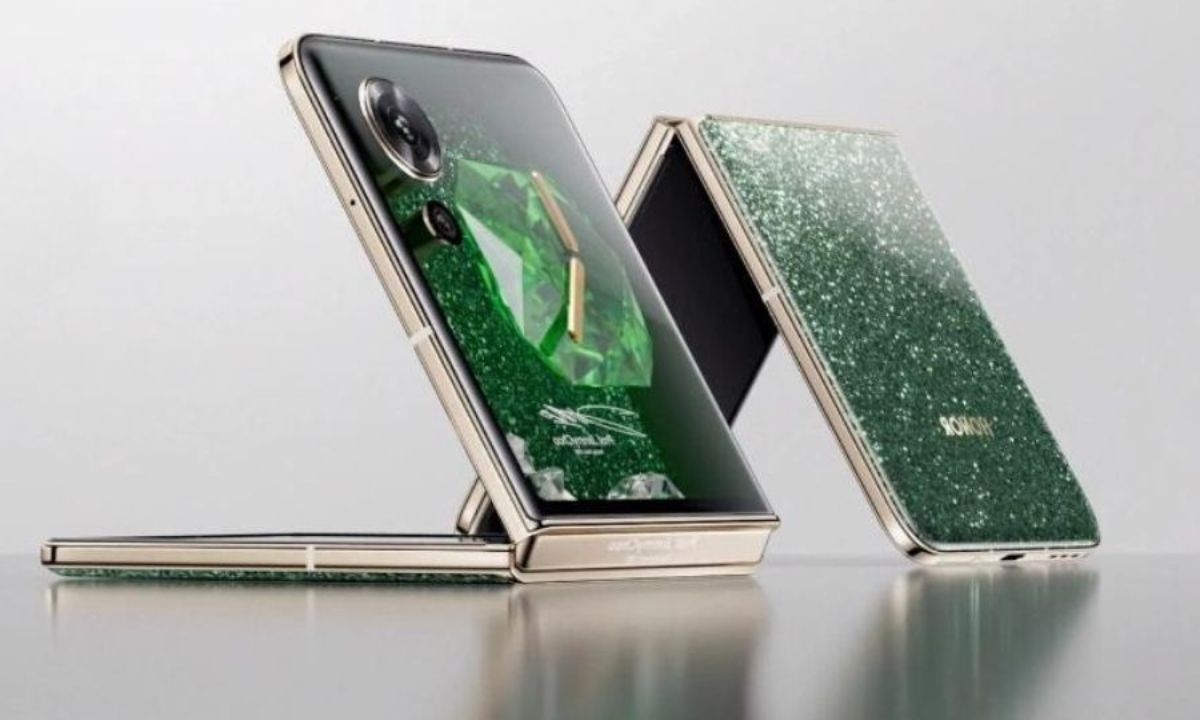NASA’s Lucy spacecraft has captured the first-ever close-up images of the Donaldjohanson asteroid during a flyby 139 million miles (223 million kilometers) from Earth.
A First-Time Visit to Donaldjohanson Asteroid
Before this flyby, the Donaldjohanson asteroid had only been observed through telescopes on Earth. No spacecraft had visited it at such a close distance until now. NASA‘s Lucy flew just 600 miles (960 kilometers) from the asteroid on April 20, 2025, capturing high-resolution images never seen before.
What the Images Reveal About Donaldjohanson
The new photos show that the asteroid is about 5 miles (8 kilometers) long and 2 miles (3.5 kilometers) wide at its broadest point. These measurements are bigger than previously thought. Scientists are especially intrigued by the asteroid’s unusual shape — it has a narrow neck connecting two lobes, which NASA describes as resembling “two nested ice cream cones.”
Strange Geology Could Explain Planet Formation
Hal Levison, the lead scientist of the Lucy mission, mentioned that Donaldjohanson’s complex geology might offer valuable insights into how planets and other celestial bodies were formed. By studying the asteroid’s features in detail, scientists hope to learn more about the building blocks of our solar system.
More Data Coming Soon from Lucy’s Instruments
NASA is still downloading the rest of the data from the spacecraft, which includes information from Lucy’s advanced tools like:
- L’Ralph (a color imager and infrared spectrometer)
- L’TES (a thermal infrared spectrometer)
These instruments will provide more details about the asteroid’s composition and temperature, which scientists will study in the coming weeks.
Donaldjohanson Isn’t Lucy’s Main Mission
Although these images are exciting, the Donaldjohanson asteroid is not Lucy’s main target. The spacecraft’s primary goal is to reach Eurybates, one of the Trojan asteroids near Jupiter. Lucy is expected to arrive there in August 2027. Donaldjohanson and another asteroid, Dinkinesh, were included as flyby opportunities along the way.
Scientists Praise Lucy’s Discovery Power
Tom Statler, a NASA scientist on the Lucy project, praised the spacecraft’s performance:
“These early images of Donaldjohanson show the incredible discovery abilities of the Lucy mission,” he said. “We’re just getting started — the real excitement will come when Lucy reaches the Trojan asteroids.”
Why the Asteroid Is Named Donaldjohanson
The asteroid is named after Donald Johanson, the American scientist who discovered the famous “Lucy” fossil skeleton in Ethiopia in 1974 — a key find in human evolution. The name connects his work with the Lucy spacecraft, creating a symbolic link between the origins of humans and the origins of planets.








